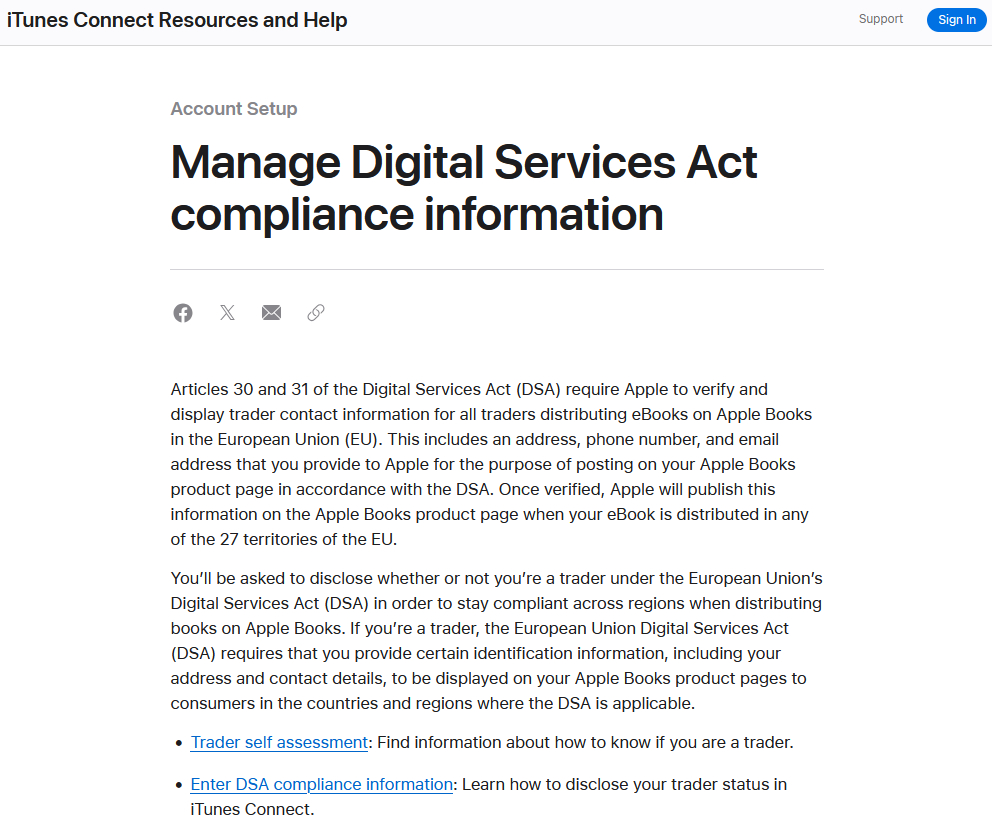Why everyone should pay attention to DMA and DSA
As with most blog post titles, I should have lost you as a reader with the headline. But if you’re still here, I suspect you have an idea of what this post will be about. And you are right – it concerns the acts enforced at the EU level to regulate the digital economy. Let’s take a closer look and see why these acts are important for everyone.
DMA or Digital Markets Act
I will start with the Digital Markets Act – one of the most important regulations at the EU level, that was born out of the EU digital strategy. The main goal of it is to ensure that today’s digital landscape in Europe is “fairer and contestable”, ensuring that users have more rights, flexibility and ownership while using some of the biggest digital service providers.
That piece of regulation was initially proposed by the EU Commission at the end of 2020. It was then followed by endorsement by the European Parliament and the Council on 14 September 2022 and became applicable since May 2023.
According to the DMA companies that meet the quantitative requirements must notify the Commission within two months. The Commission then has 45 days of being informed whether a company could be designated as a gatekeeper. If there is a positive decision, the company in question has six months to ensure full compliance with the DMA.
Up to now there are seven gatekeepers identified at the EU level – Alphabet (Google), Amazon, Apple, ByteDance (TikTok), Meta (Facebook, Instagram, Threads, WhatsApp) and Microsoft. Here you can also follow the latest case studies. Unlike similar regulations in the past, any breaches of the DMA result in a fine of up to 10% of the company’s total worldwide annual turnover, or up to 20% in the event of further infringements.
In short, DMA is essentially responsible for regulating and ensuring fair competition and enhanced consumer choice on the biggest tech platform.
DSA or the Digital Service Act
The Digital Service Act was enforced at the end of 2022. According to the summary provided by the European Commission the main goal of the DSA is to “regulates the obligations of digital services, including marketplaces, that act as intermediaries in their role of connecting consumers with goods, services, and content. It better protects users by safeguarding fundamental rights online, establishing a powerful transparency and accountability framework for online platforms and providing a single, uniform framework across the EU.” is much more detailed in its requirements towards tech companies.
There are seven main areas that need to be addressed by organisations:
1. Transparency and reporting – including the existence of community guidelines;
2. Managing illegal content – working mechanisms for quick removal of illegal notices upon receiving notification;
3. User rights – addressing promptly users on the actions taken on their requests;
4. Algorithmic transparency – disclosing information on how the algorithms work;
5. Data sharing and cooperation as this concerns relations with the appropriate authorities;
6. Safety and trust – as this pertain to the product safety and advertising transparency;
7. Internal compliance structure – conducting frequent employee training and appointing compliance officers to ensure adherence do the DSA.
There are also additional conditions towards very large online platforms.
If it sounds like the famous GDPR regulations and indeed, it’s quite demanding towards tech companies. There’s also a designated coordination body in each EU Member State as the one in Luxembourg.
It is not the first time that the Commission has targeted one of the big tech companies. Previous such cases though proved to be lengthy and it was evident that the Commission lacks the tools to make these companies comply. The DMA and DSA have made it possible for users to take an active stance towards improving their digital experience as well as to tech companies to communicate clearly the specific measures they are taking to protect users and make their time online enjoyable. Here are some of the dedicated DSA pages on big tech company’s websites.
Understanding the content of these two regulations is crucial for users as it helps them better understand their rights and obligations related to their digital experiences.



